Louvre Abu Dhabi
Open to the public from November 11, 2017
Originated from an intergovernmental agreement signed by the United Arab Emirates and France
The Louvre in Abu Dhabi was born
It is the first comprehensive museum in the Arab world
Focus on displaying the common human story of civilizations and cultures around the world
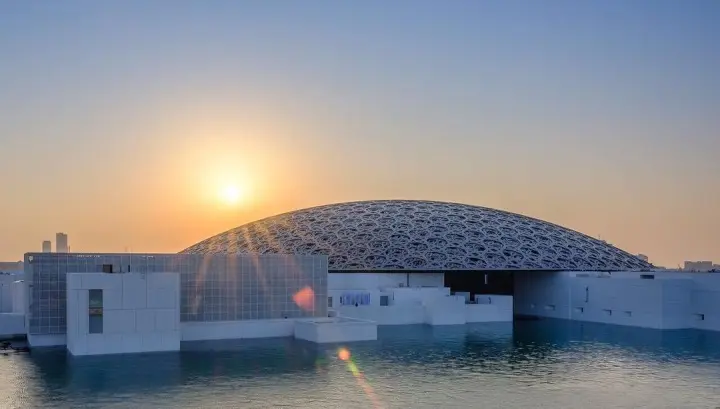
Artistic dome, a dreamlike "oasis of light"
The architecture of the Louvre in Abu Dhabi is unique. In charge of architectural design is French architect Jean Nouvel, who won the Pritzker Prize in 2008.

In fact, this is a complex of 55 buildings, covering an area of 97000 square meters. The most eye-catching is the metal covered dome of the museum, which creates a sense of transparency and floating through four permanent piers hidden in the building. Outstanding and bold design makes architecture itself a new coordinate in the field of art.
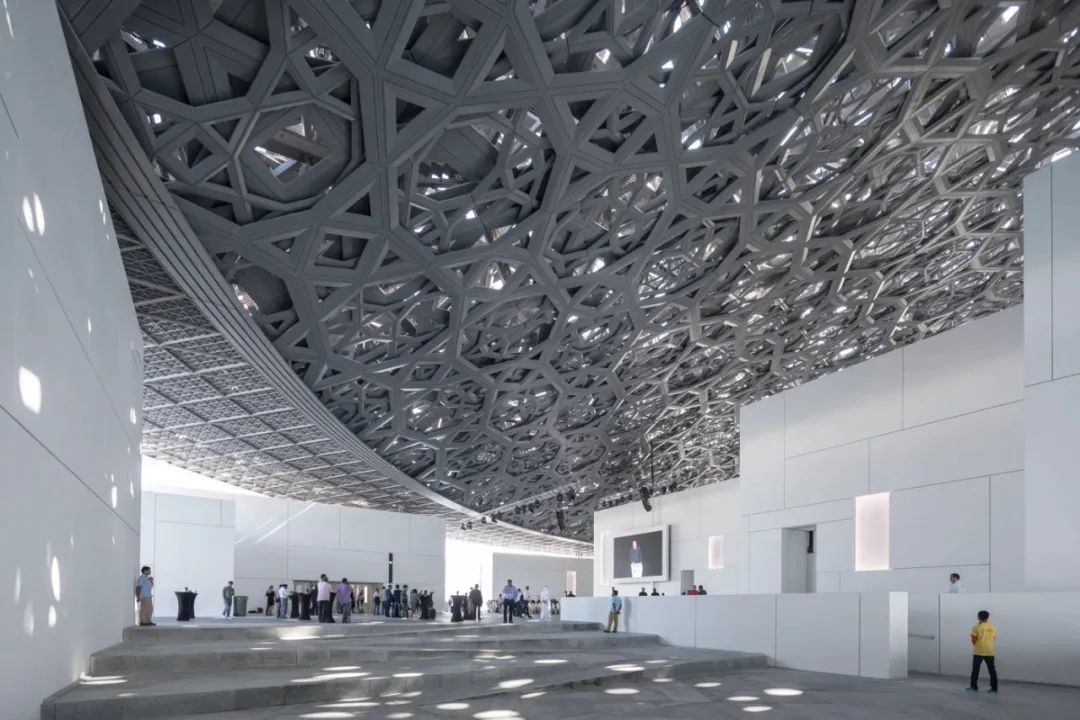
It has to be said that the architectural designer is simply a genius. He seems to have a natural ability to interact with the environment, and he is well versed in the way of harmony between time and place and people. He skillfully integrates it into the building, which is natural.
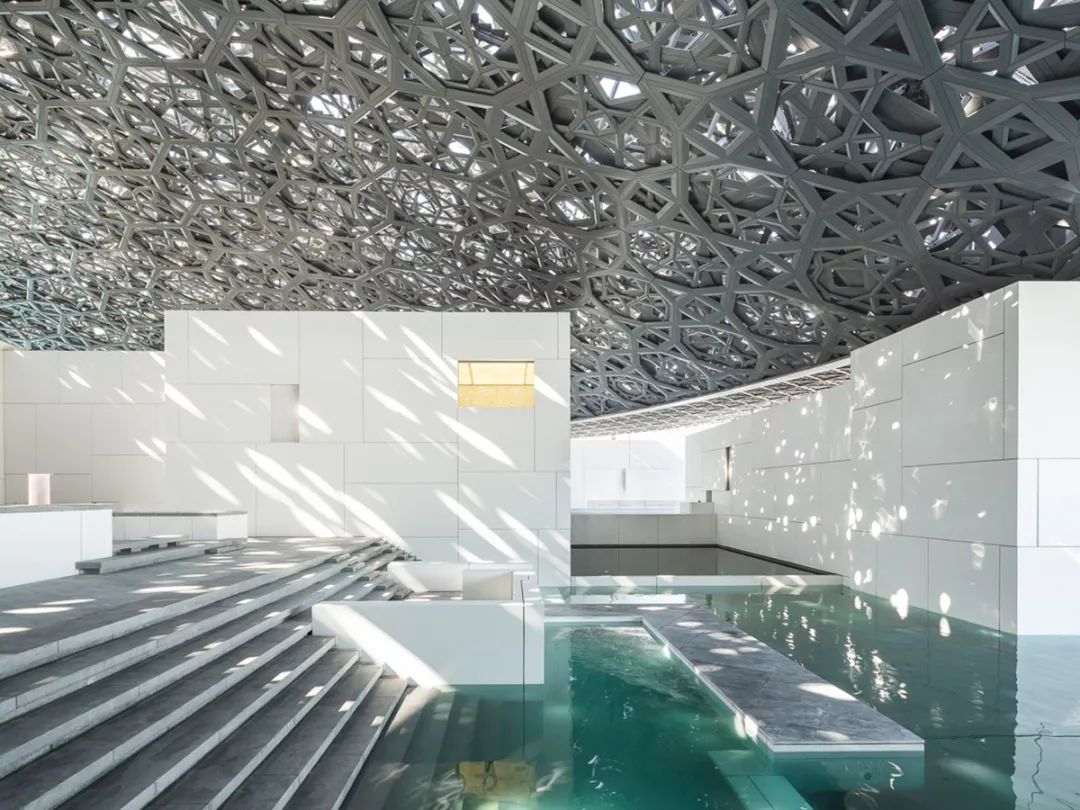
During the day, the path of the sun will change with the time of the day, creating a film effect of light and shadow transformation intertwined; In the evening, it will form 7850 "stars" and switch flexibly inside and outside the exhibition hall. The effect of this diffusion and mapping is as mottled as the "rain of light", which reminds people of the palm trees stacked in the middle of the oasis in the United Arab Emirates, and this design has special significance for local people: the AIN oasis, dominated by palm trees, is considered to be the beginning of the birth of civilization in the Arabian Peninsula.
Maritime "city of museums"
Although the architects' bold ideas gave the museum an unforgettable landscape, they also brought many challenges to the construction process. One of them, the construction team had to build a dam to block the sea water, and use water pumps to continuously drain the sea water within the scope of the construction site.
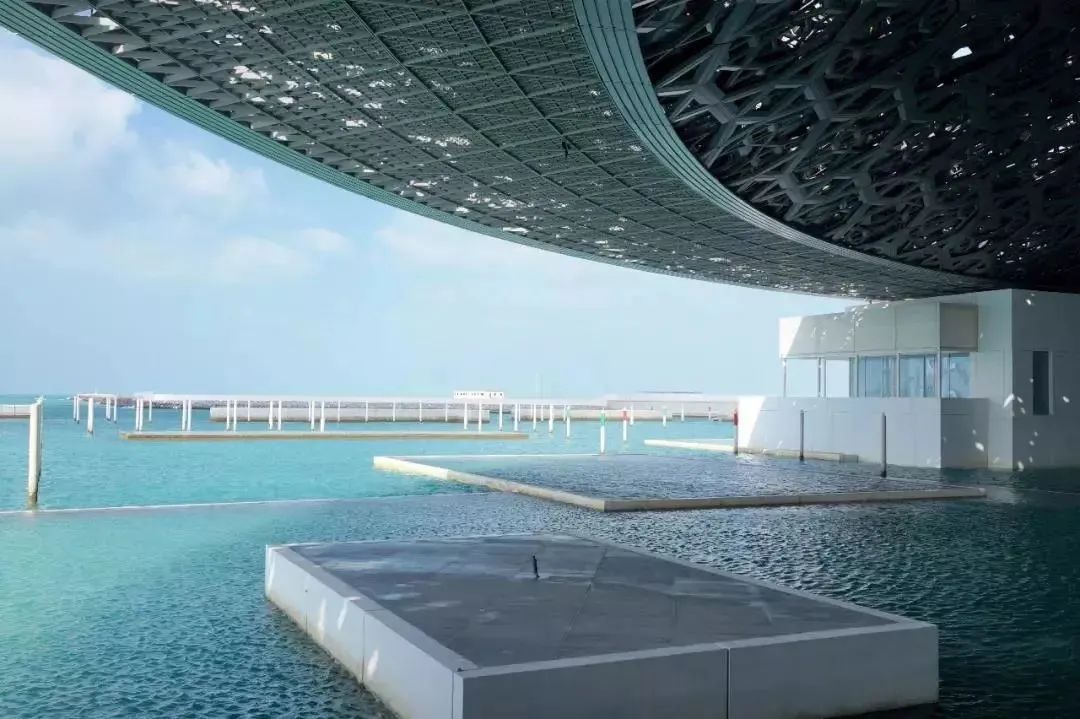
When the museum was first built, because the base course was 10 meters below the coastline, the construction team built a dam and used water pumps for 6 years to drain the seawater in the construction site. Until 2016, when the water retaining wall of the sea wall was removed and the Persian Gulf water poured in, there was a poetic picture of the museum surrounded by water.
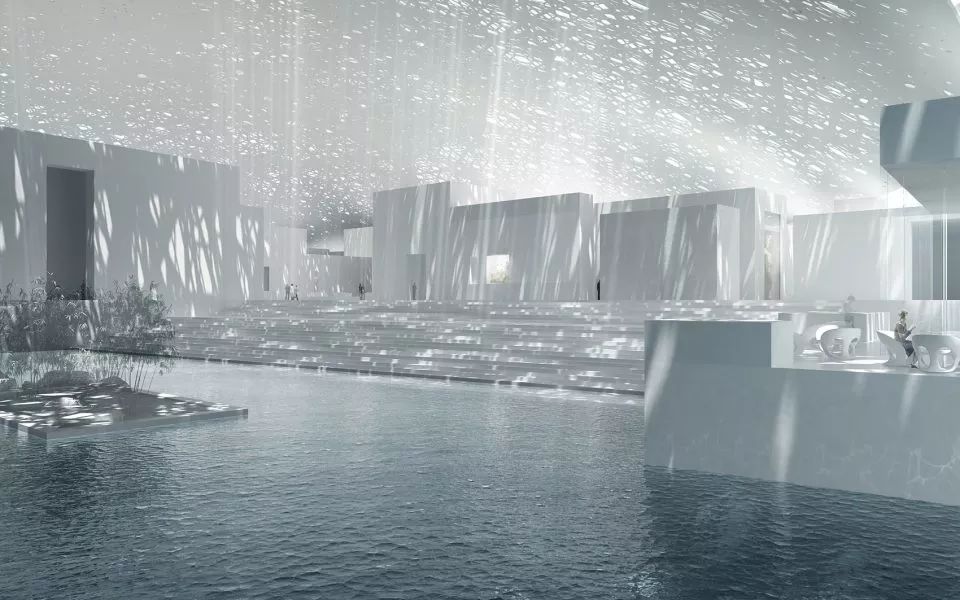
How to make sure there is no leakage?
Museums are places for the preservation and display of cultural relics. You should know the importance of moisture and dehumidification for museums! The Louvre in Abu Dhabi was built on the sea and surrounded by the sea!
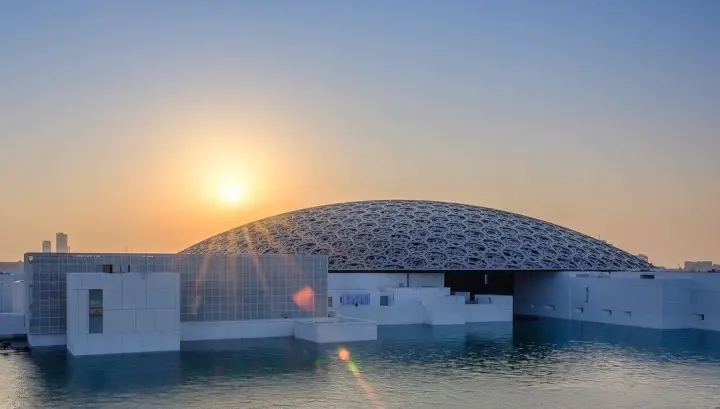
How can the basement of the Louvre in Abu Dhabi stand on the sea?
First line of Defense:
On the inner wall of the basement, a waterproof membrane made of polyurethane is pasted. Under the construction requirements accurate to millimeter level, each inch of underground space should be paved with two layers.
The second line of Defense:
The most important waterproof measure is cathodic protection, which is the familiar electroosmosis system.

Electroosmosis technology can effectively prevent seawater from penetrating and corroding steel bars, thus threatening the safety of the whole building.
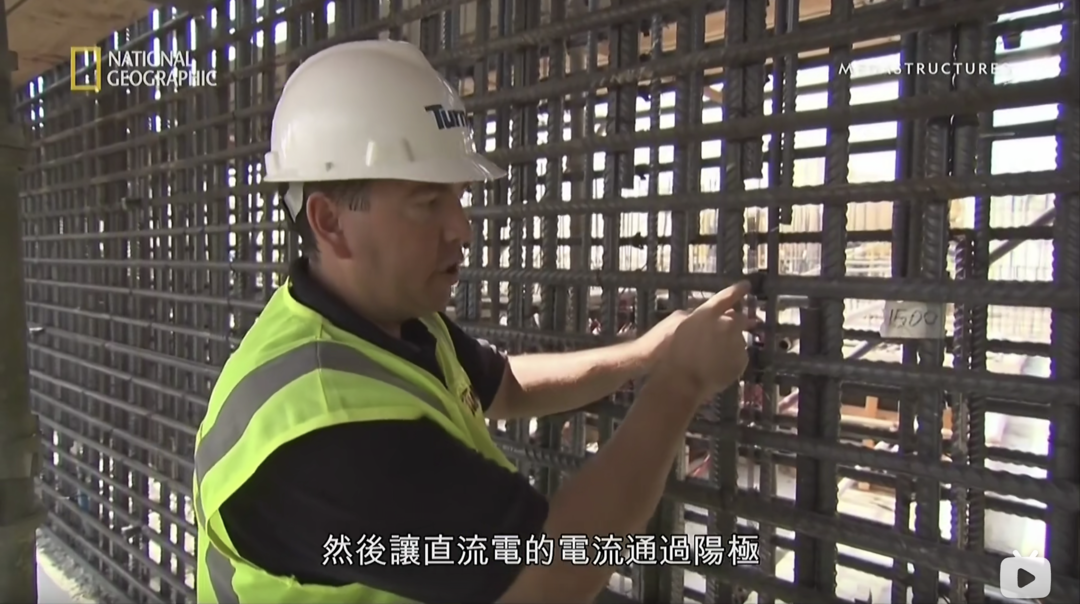
The third line of Defense:
Wear resistant wall panels made of ultra-high performance concrete are laid on the facade of the building.
These three lines of defense make the basement of the museum into a watertight pool, and the whole museum is almost floating in the Arabian Gulf.
And with the help of electric infiltration system and air conditioning system, it can ensure that the temperature and humidity of the museum are kept within the appropriate threshold, so as to ensure the safety of buildings and art collections.
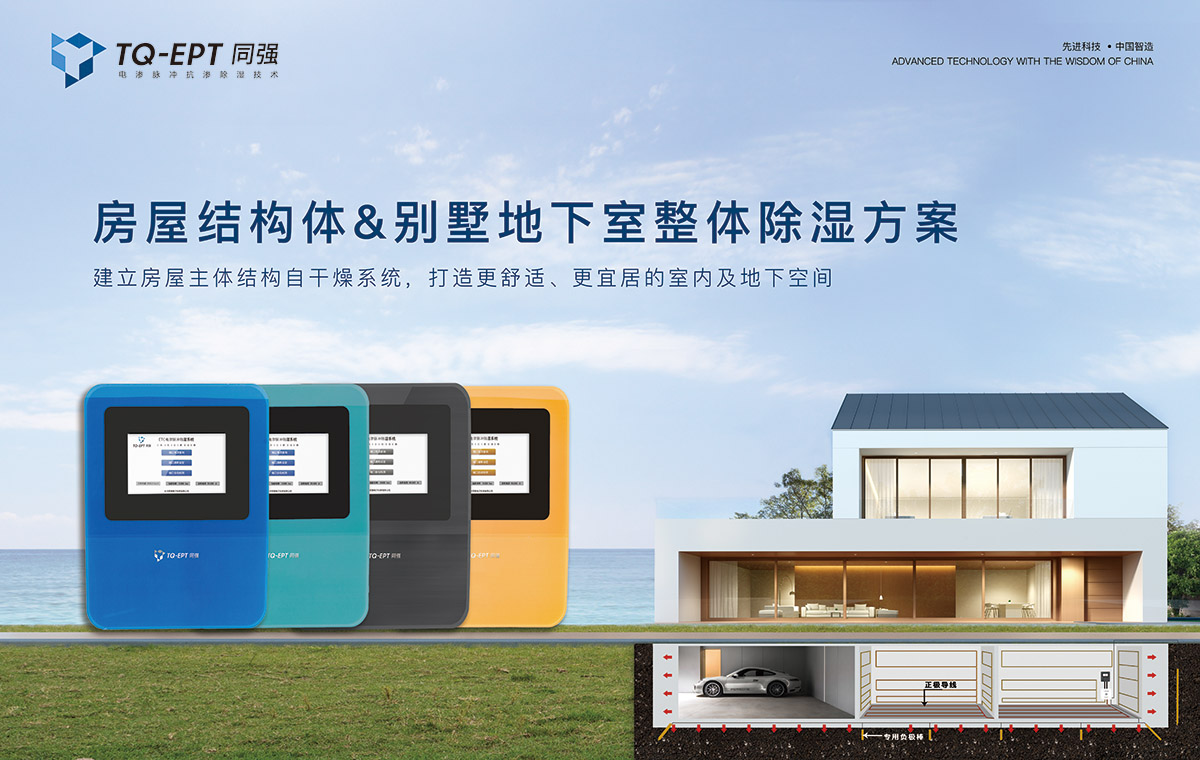
Nowadays, the application of electroosmosis technology has been very mature, and Tongqiang technology electroosmosis pulse impermeability dehumidification system, as the pioneer of electroosmosis technology, naturally does not want to fall behind.
Tongqiang technology enables the underground space to use the anti seepage and dehumidification technology of Museum protection level.
Let's take a look at the case.

We focus on precise long-term design:
No longer blindly pursue the cool extravagance of "big" venues, start again with people as the center, and work harder to make you more worry free.
Establish a self drying system for the main structure of the house to create a more comfortable and livable indoor and underground space.
There is no doubt about the greatness of the invention of a technology, but the fanaticism of fighting alone is still thin.
Fear is making noise, and pushing it to thorns is not enough controversy.
When the magnesium light is focused, it begins to increase the odds of "being accepted".